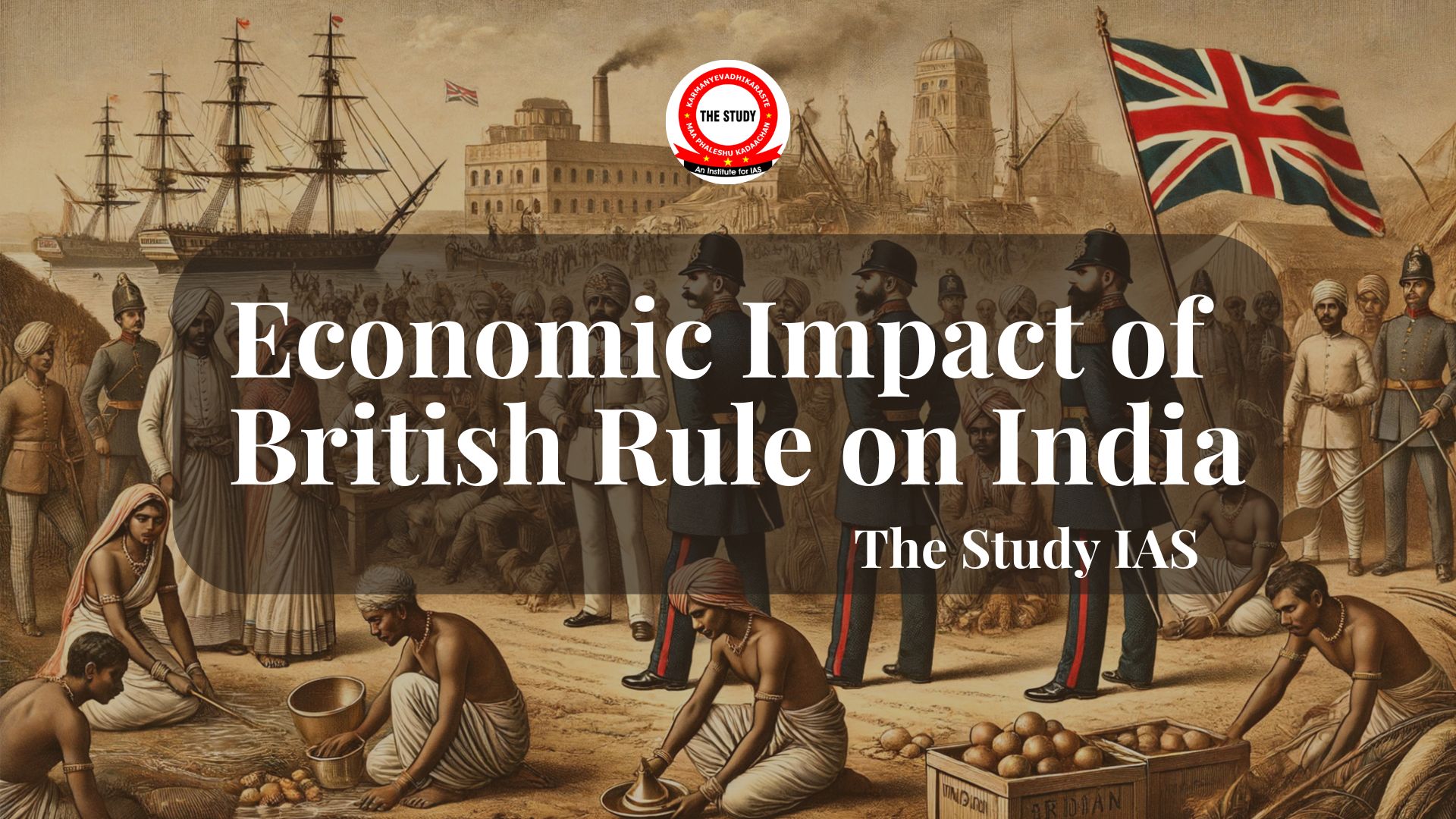Font size:
Print
Lifting the Veil of Topological Censorship
Context:
Topological protection ensures robustness but hides microscopic details through “topological censorship.” Recent experiments have revealed the hidden information.
Overview of Topological Physics:
- Topological States: Nobel-winning research in 2016 revealed that, at low temperatures, atoms and electrons form exotic topological states distinct from traditional matter (crystals, gases, liquids).
- Robustness: These states are highly robust due to the geometric structure of their quantum wavefunctions, requiring extreme conditions to disrupt them.
Topological Protection and Censorship:
- Topological Protection: Ensures stability against perturbations, essential for quantum computing, as proposed by Alexei Kitaev.
- Topological Censorship: However, this protection hides detailed microscopic information, limiting what can be observed in experiments. Typically, only global properties like quantized resistance are visible.
Challenge to Topological Censorship:
- New Experiments: Stanford and Cornell groups observed currents in Chern insulators flowing in ways not expected by standard models, challenging the notion that current only flows at the edge of the system.
- Meandering Edge States: The current was observed to meander through the bulk, revealing hidden information about the system and questioning the edge-only flow model.
Microscopic Theory Developed:
- New Mechanism: Researchers at MPI-PKS (Dresden) and Paris developed a theory explaining how bulk currents can exist in Chern insulators.
- Conduction Channels: Instead of narrow edge channels, broad, meandering channels (similar to streams in a floodplain) can carry quantized current within the bulk.
Experiment on Chern Insulators:
- Chern Insulators: Predicted in 1988 by Duncan Haldane, these materials display quantum Hall effects without needing a magnetic field.
- Experimental Setup: Using a SQUID magnetometer, researchers detected local magnetic fields and mapped current distribution, which showed that electron currents flow throughout the sample based on the applied voltage.
- Theoretical Confirmation: The new theory successfully explains this bulk flow of current, challenging long-standing topological censorship.
Implications for Future Research:
- New Understanding: This work provides a deeper understanding of topological states and begins to break down the veil of topological censorship.
- Further Exploration: Calls for new experimental investigations into topological states of matter and their local properties.


